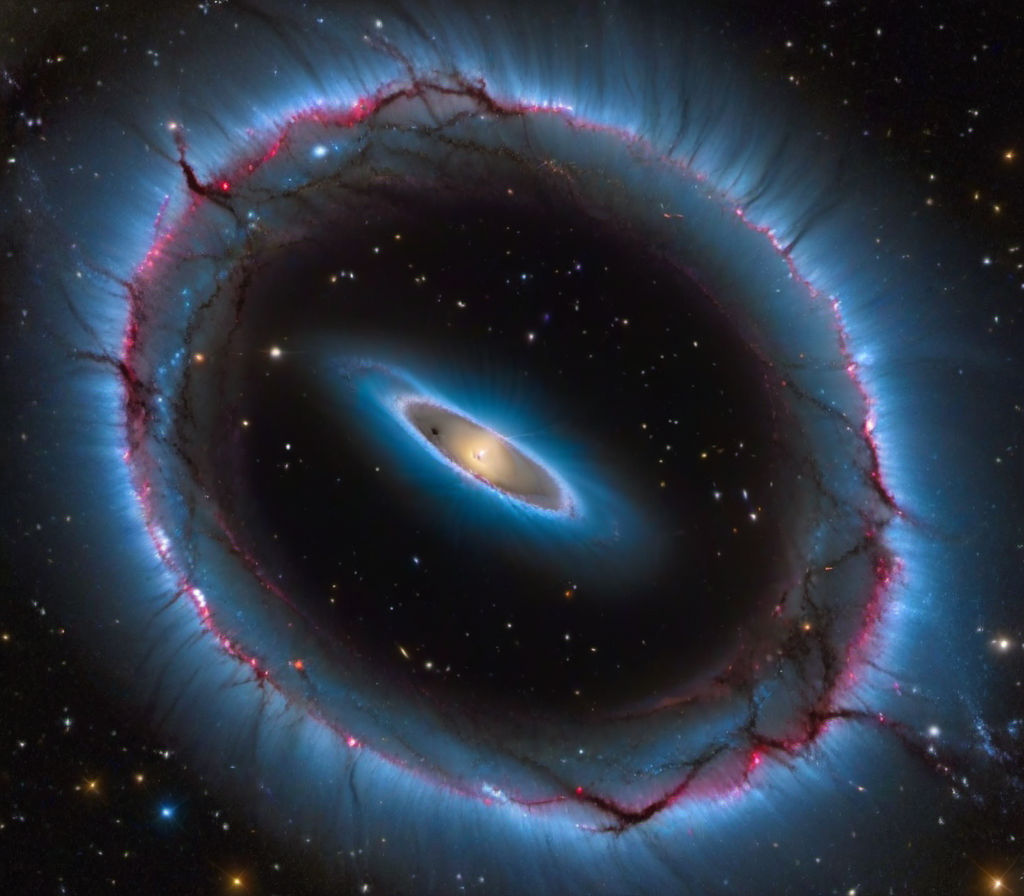This post was generated by an LLM
Technical Overview of the Study
A team of researchers led by Michael Janssen of Radboud University, Netherlands, employed a Bayesian neural network to analyze data from the Event Horizon Telescope (EHT), focusing on two supermassive black holes: Sagittarius A* (the Milky Way’s central black hole) and M87* (located in the Messier 87 galaxy). The study, published in Astronomy & Astrophysics, utilized millions of synthetic data sets generated through computational simulations, far exceeding the scale of previous analyses [1]. This approach enabled the team to compare EHT observations with theoretical models, enhancing the precision of their findings.
Methodology and Computational Tools
The neural network was trained using CyVerse for data storage, OSG OS Pool for high-throughput computing, and TensorFlow for machine learning implementation [1]. By leveraging synthetic data, the researchers could account for observational uncertainties and refine their models of black hole dynamics. The Bayesian framework allowed the team to quantify uncertainties in their results, providing probabilistic insights into the physical properties of the black holes.
Key Findings
- Spin and Orientation of Sagittarius A*:
- Sagittarius A* is spinning at near-maximal speed, with its rotation axis aligned toward Earth. This alignment suggests that the black hole’s spin direction is closely related to the orbital motion of stars in the Milky Way’s galactic center [1].
- The study challenges existing models of magnetic field behavior in accretion disks, revealing that emission near Sagittarius A* is dominated by hot electrons in the disk, rather than being driven by jets [1].
- M87* Spin and Magnetic Fields:
- M87* exhibits rapid spin, but its rotation axis is oriented in the opposite direction to the infalling gas, indicating potential disruptions from past interactions, such as a galaxy merger [1].
- The magnetic field structure in M87*’s accretion disk differs from theoretical predictions, suggesting complex interactions between magnetic fields and relativistic jets [1].
Implications and Future Work
The study represents a significant advancement in machine learning applications for astrophysics, demonstrating how AI can refine simulations of extreme environments like black hole accretion disks. The findings also provide critical constraints for testing Einstein’s general relativity in strong gravitational fields. Researchers emphasized that the methodology could improve future EHT analyses, particularly as new telescopes like the Africa Millimeter Telescope come online, enabling higher-resolution observations [1].
This work underscores the potential of self-learning neural networks to unlock insights into black hole physics, magnetic field dynamics, and the interplay between accretion processes and relativistic phenomena.
https://phys.org/news/2025-06-neural-network-iconic-black-holes.html
https://phys.org/news/2025-06-neural-network-iconic-black-holes.html
https://phys.org/news/2025-06-neural-network-iconic-black-holes.html
This post has been uploaded to share ideas an explanations to questions I might have, relating to no specific topics in particular. It may not be factually accurate and I may not endorse or agree with the topic or explanation – please contact me if you would like any content taken down and I will comply to all reasonable requests made in good faith.
– Dan

Leave a Reply